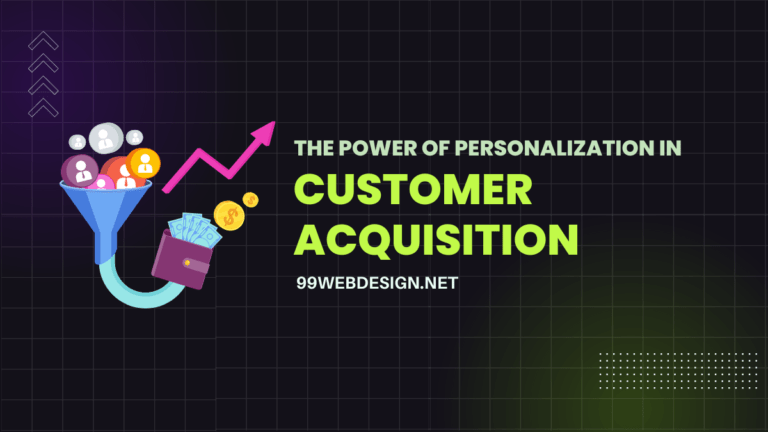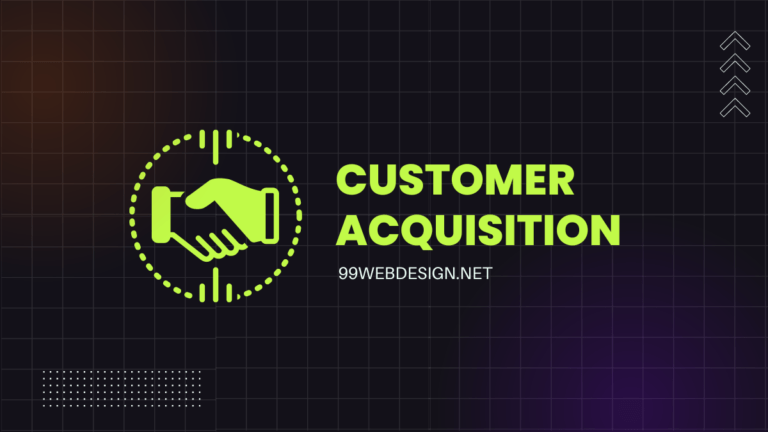Get Free Quote, WhatsApp Now: +91 96375 03315
The Ultimate Guide to Increasing Website Conversions
In today’s competitive digital landscape, more than having a visually appealing website is needed to succeed. To truly thrive online, businesses must optimize their websites to convert visitors into customers.
This comprehensive guide will explore proven strategies and tactics to maximize conversion rates and drive business growth.
Table of Contents
1. Understanding Conversion Rate Optimization (CRO)
Conversion Rate Optimization (CRO) is improving the percentage of website visitors who take a desired action, such as purchasing, signing up for a newsletter, or requesting more information.
By optimizing critical elements of your website, you can increase conversions and ultimately boost revenue and profitability.
2. Identifying Conversion Goals
Before diving into optimization strategies, clearly defining your conversion goals is essential. What specific actions do you want visitors to take on your website? Common conversion goals include:
- Making a purchase
- Signing up for a newsletter
- Requesting a demo or consultation
- Downloading a whitepaper or ebook
- Registering for an event or webinar
You can tailor your optimization efforts to maximize results by identifying your primary conversion goals.
3. Enhancing User Experience (UX)
A seamless user experience is critical for driving conversions. Here are some UX best practices to consider:
- Mobile Optimization: With increasing number of users accessing websites on mobile devices, ensure your site is fully responsive and optimized for smartphones and tablets.
- Intuitive Navigation: Make it easy for visitors to find what they want by organizing content logically and providing clear navigation menus.
- Fast Loading Speed: Improve page load times to reduce bounce rates and keep visitors engaged. Optimize images, minify code, and leverage caching to speed up your site.
- Clear Call-to-Action (CTA): Use prominent, eye-catching CTAs to encourage visitors to take action. Communicate the benefit of clicking the CTA and make it stand out on the page.
Get Conversion Optimized Website
Transform Your Site: Get a Conversion-Optimized Website Today!
Contact Now4. Crafting Compelling Content
High-quality content plays a crucial role in attracting and engaging visitors. Here’s how to create content that drives conversions:
- Identify Your Audience: Understand your target audience’s needs, pain points, and preferences to create content that resonates with them.
- Address Visitor Objections: Anticipate and address common objections or concerns that may prevent visitors from converting. Use persuasive language to overcome objections and build trust.
- Incorporate Social Proof: Showcase customer testimonials, reviews, case studies, and endorsements to demonstrate the value of your products or services.
- Use Visuals Wisely: Incorporate images, videos, infographics, and other visual elements to enhance the readability and appeal of your content.
5. Optimizing Conversion Paths
Streamlining the conversion path can significantly impact conversion rates. Here’s how to optimize the path from visitor to customer:
- Minimize Friction: Remove unnecessary steps and form fields from your conversion process to reduce friction and make it easier for visitors to complete the desired action.
- Implement Progress Indicators: Use progress bars or steps to show visitors how far they are in the conversion process and what steps remain.
- Offer Multiple Conversion Points: Multiple opportunities for visitors to convert throughout your website. For example, include CTAs on product pages, blog posts, and landing pages.
- Leverage Exit-Intent Popups: Use exit-intent popups to offer discounts, special offers, or valuable content to visitors who are about to leave your site without converting.
Recommended course: The Agency Website and Conversion Optimization
By SEMRush Academy – Learn more
Read more:
6. Testing and Optimization
Continuous testing and optimization are essential for maximizing conversion rates. Here’s how to approach testing effectively:
- Conduct A/B Tests: Compare versions of crucial website elements, such as headlines, CTAs, and form designs, to identify what resonates best with your audience.
- Test One Variable at a Time: To accurately measure the impact of changes, test only one Variable at a time and collect data to determine which variation performs better.
- Analyze Data and Iterate: Use data from A/B tests, user feedback, and website analytics to inform your optimization efforts. Iterate on successful strategies and refine underperforming elements to improve conversion rates continually.
7. Leveraging Personalization
Personalizing the user experience can significantly impact conversion rates by delivering relevant content and offers to individual visitors. Here’s how to leverage personalization effectively:
- Segment Your Audience: Divide your audience into segments based on demographics, behavior, or preferences.
- Tailor Content and Offers: Create personalized content, product recommendations, and offers for each audience segment to increase relevance and engagement.
- Dynamic Content: Use emotional content blocks to display personalized messages, product recommendations, or offers based on each visitor’s characteristics or browsing history.
8. Monitoring and Optimization
Optimization is an ongoing process that requires continuous monitoring and refinement. Here’s how to effectively monitor and optimize your conversion rate optimization efforts:
- Set Key Performance Indicators (KPIs): Define specific metrics to track, such as conversion rate, bounce rate, average order value, and revenue per visitor.
- Use Website Analytics: Regularly review website analytics to monitor performance, identify trends, and pinpoint areas for improvement.
- Collect User Feedback: Solicit feedback from visitors through surveys, polls, and user testing to gain insights into their preferences, pain points, and suggestions for improvement.
- Stay Updated: Keep abreast of industry trends, best practices, and emerging technologies in conversion rate optimization to stay ahead of the curve.
Conclusion
Optimizing conversion rates is a multifaceted process that requires careful planning, strategic execution, and ongoing refinement.
By enhancing user experience, crafting compelling content, optimizing conversion paths, leveraging personalization, and continuously testing and iterating, businesses can maximize their website’s potential to drive conversions and achieve their business objectives.





